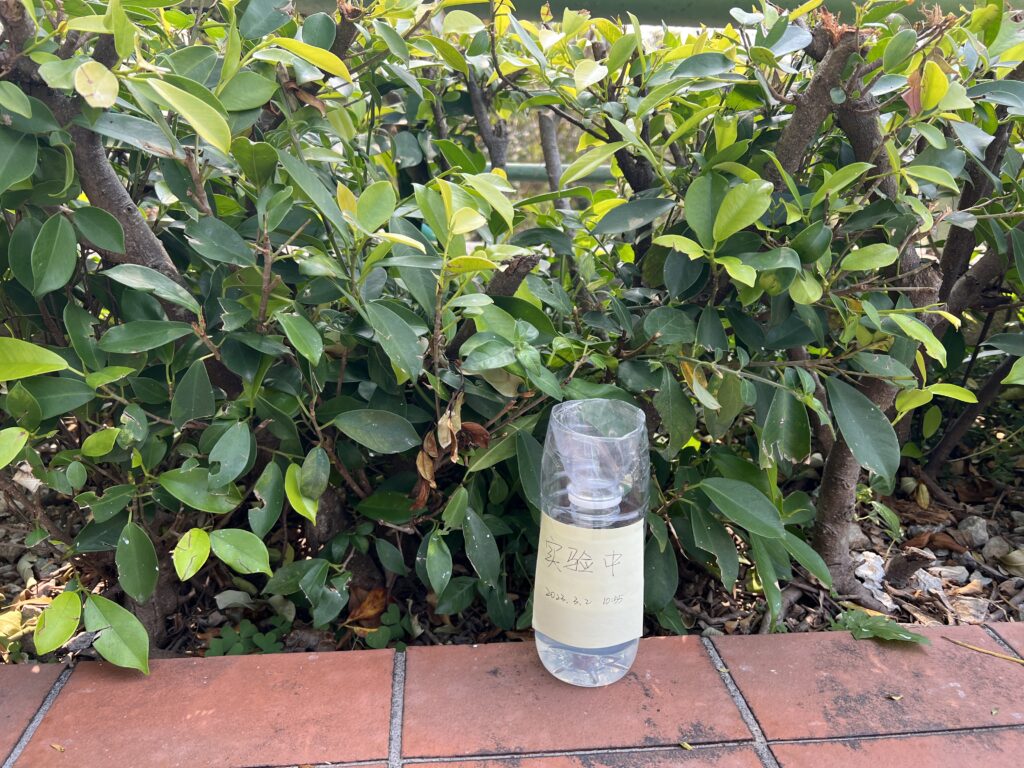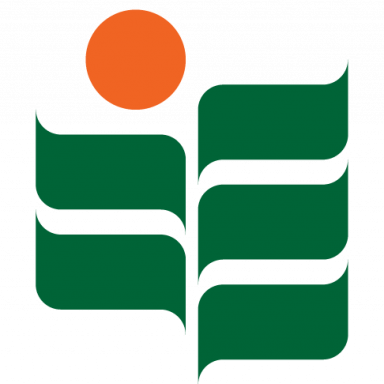Making handicrafts or products without programming skills or complex circuits would be a handy project for junior students in STEM Education.
Concept of Electromagnetic
Description:
Students learned the concept of Electromagnetic induction, through trying a number of experiments.
- To test the effect of the “powered-up” copper wires on the compass (tested in two situations: with and without turning the power up)
Students tried the experiments using copper wires (powered up) to attract the paper clips in different conditions:
- With and without electricity
- Different number of batteries (2 / 4 )
- Number of turns of the copper wires ( 30 and 90) using 2 batteries
- Number of turns of the copper wires ( 30 and 90) using 4 batteries
- Open questions: if they need to attract more clips, what would they do?
School: HKFYG Lee Shau Kee Primary School (P.5)
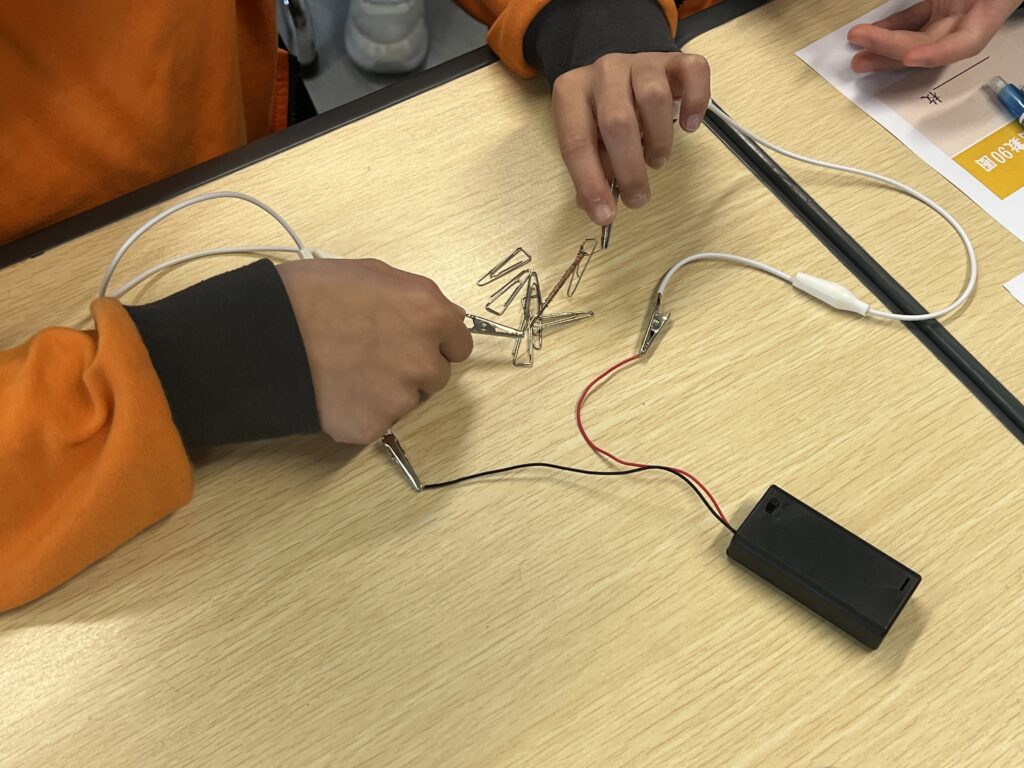
Principle of Lever
Description: How to use the least effort to pick up a heavy object? In this experiment, students learn to use the scientific knowledge of the Principle of Lever to solve the problem: to find out the best method (by adjusting the length of the ruler) and using the least effort (by courting the number of weights) to pick up a heavy object. They are able to know the fulcrum point of forces by the tests.
School: HKFYG Lee Shau Kee Primary School (P.6)
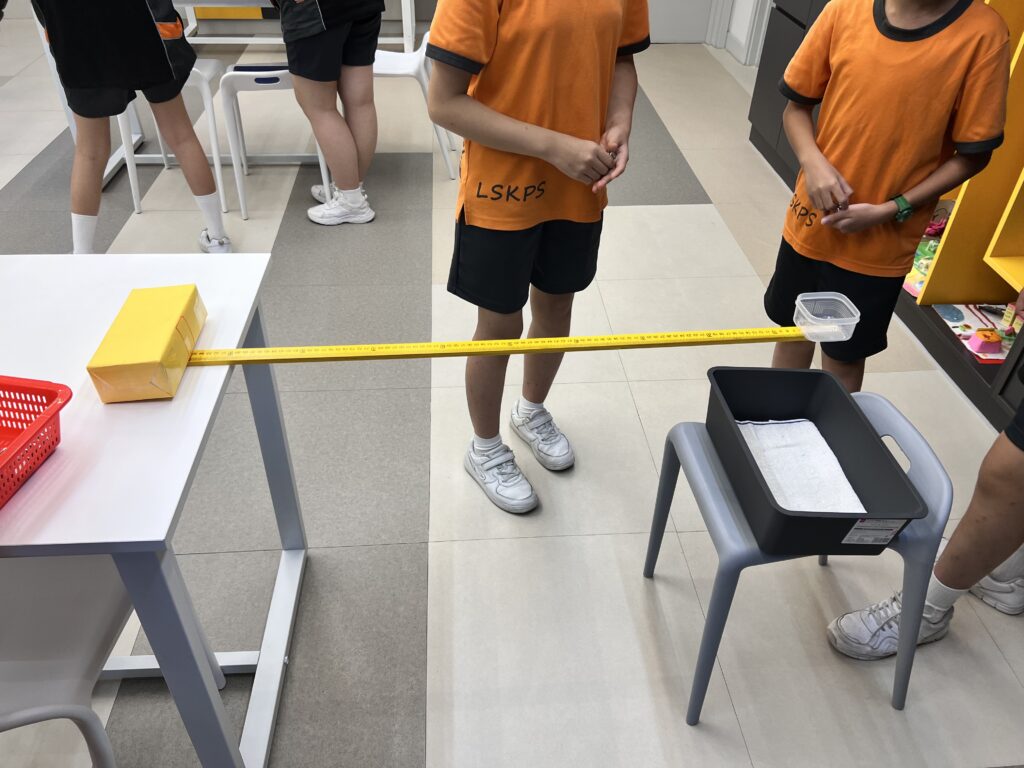
Buoyancy of Boat
Description: We want to investigate the relationship between the shape of boats and buoyancy. Firstly, we design three different shapes of boats and print them out using a 3D printer. And then, we make sure that they are the same weight. In the experiment, we prepare an electronic scale, beaker, measuring cup, and marbles. We put the marbles into the boats, we can measure their maximum buoyancy when the water flows out from the measuring cup. Finally, we can compare the maximum buoyancy of the different shapes of boats.
School: Tai Po Government Primary School (P.4)
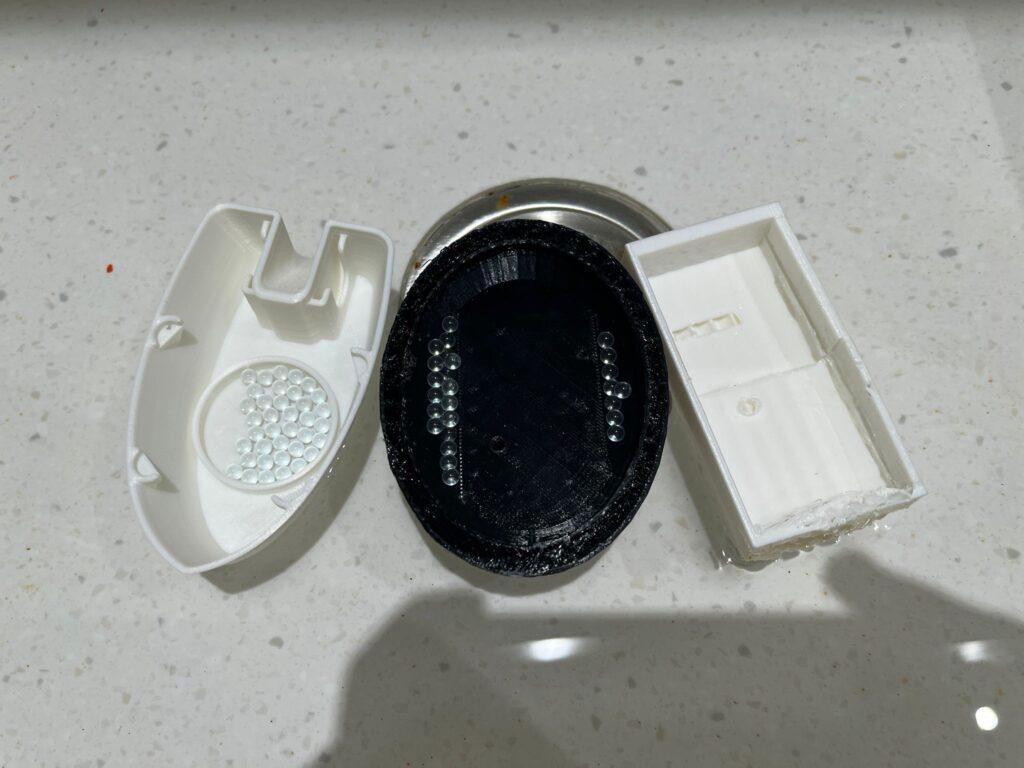
Insulation Test
Description: We use different materials with insulation capabilities to make the thermos cup. After insulation test, we can know which materials have better insulation capabilities
School: Central And Western District St. Anthony’s School (P.3)
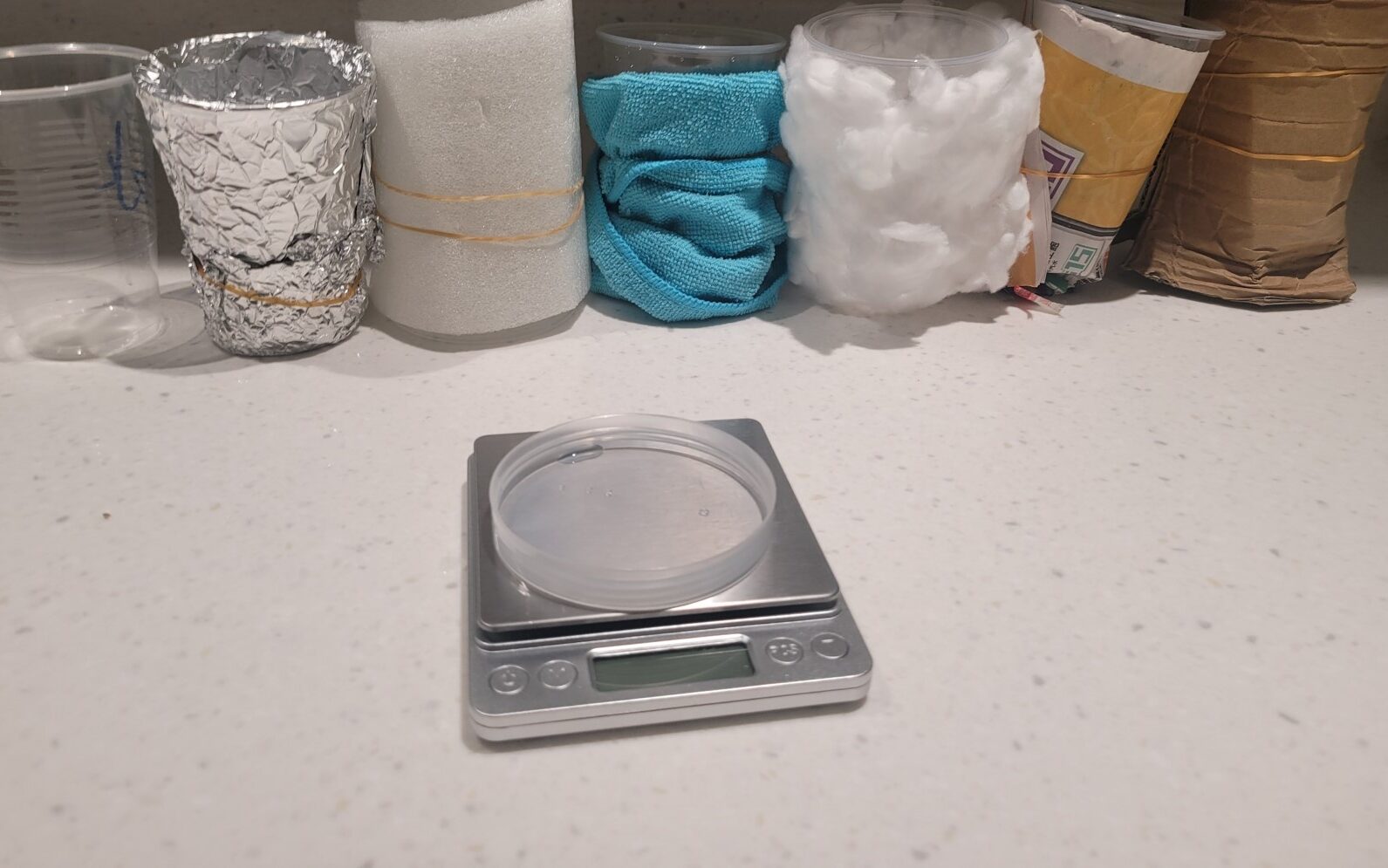
Parachute
Description: We want to use parachute to transport supplies, therefore we explore what materials of parachute, which size of parachute, and number of rope have the best capability for transportation of supplies.
School: St. Francis’ Canossian School (P.3)
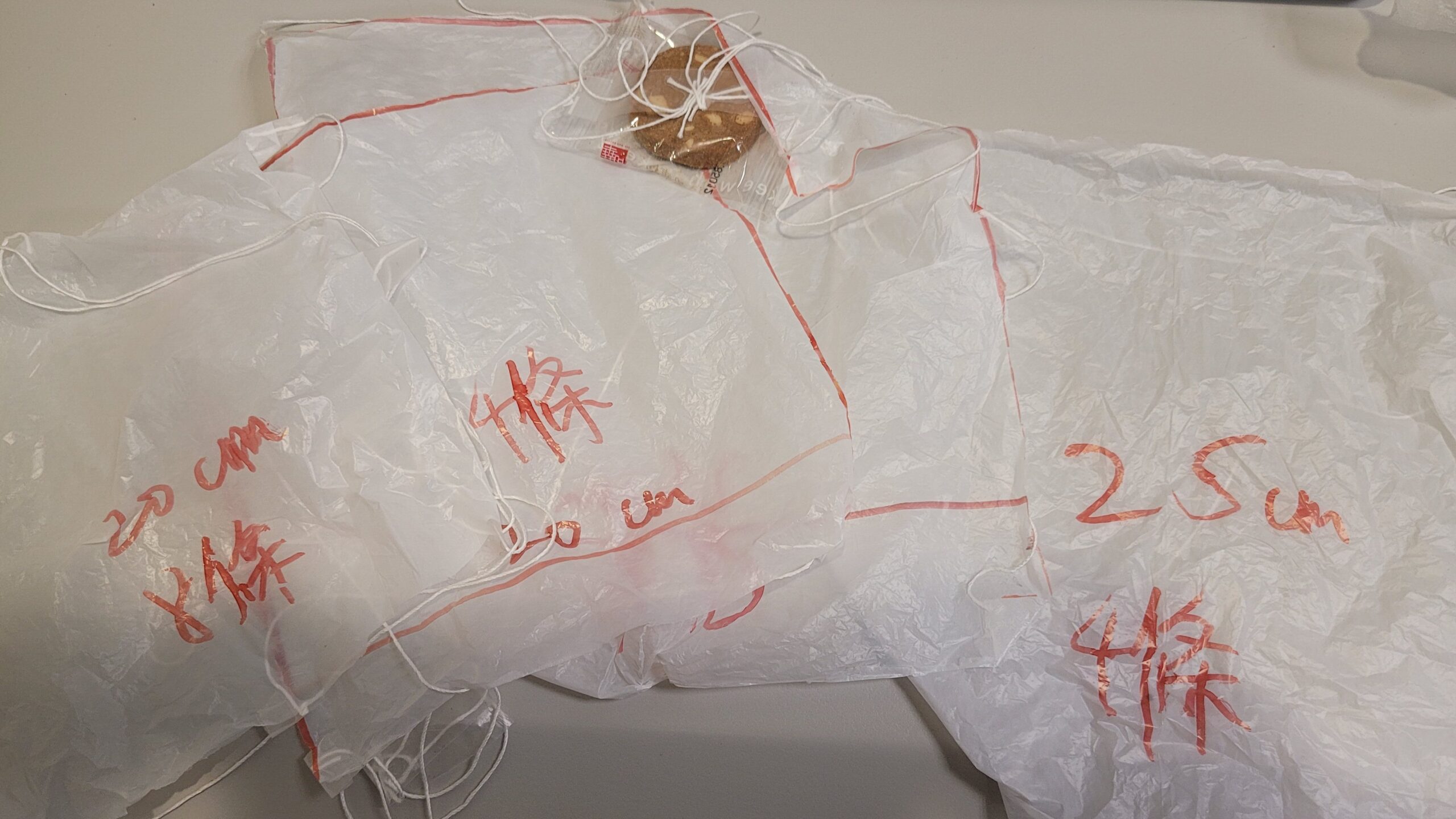
Water Powered Ship
Description: Boat Floating because of buoyancy and use the force of water flow to move forward the boat based on the understanding of Archimedes Law and how density influence buoyancy.
School: Tai Po Government Primary School (P.4)
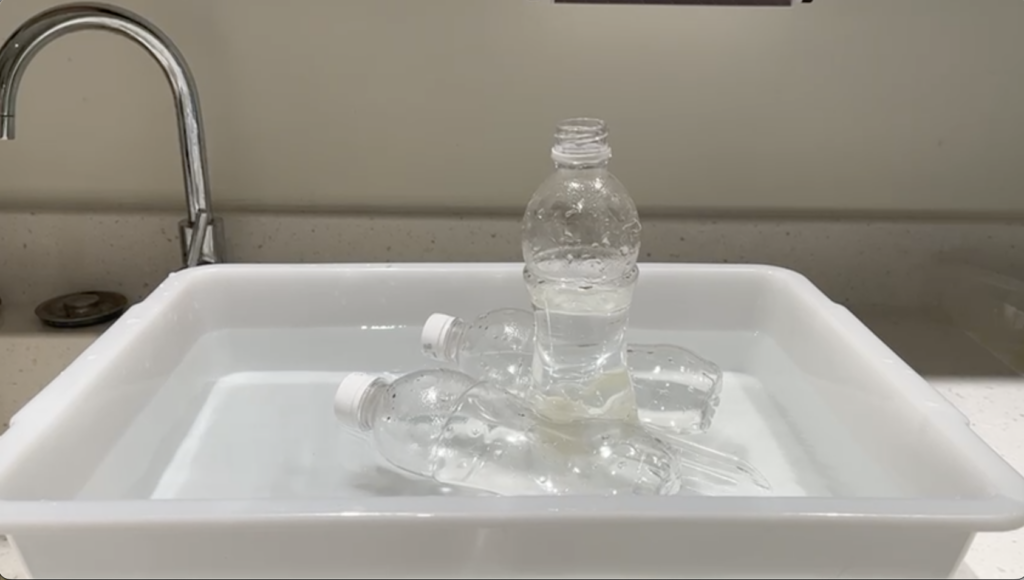
Periscope
Description: Utilise reflection to see the sight back of us or higher than out sight. Student use the all black card board to make the body of periscope, and mirror in a harder and thicker kind to have a more stable reflection image.
School: Islamic Primary School (P.5)
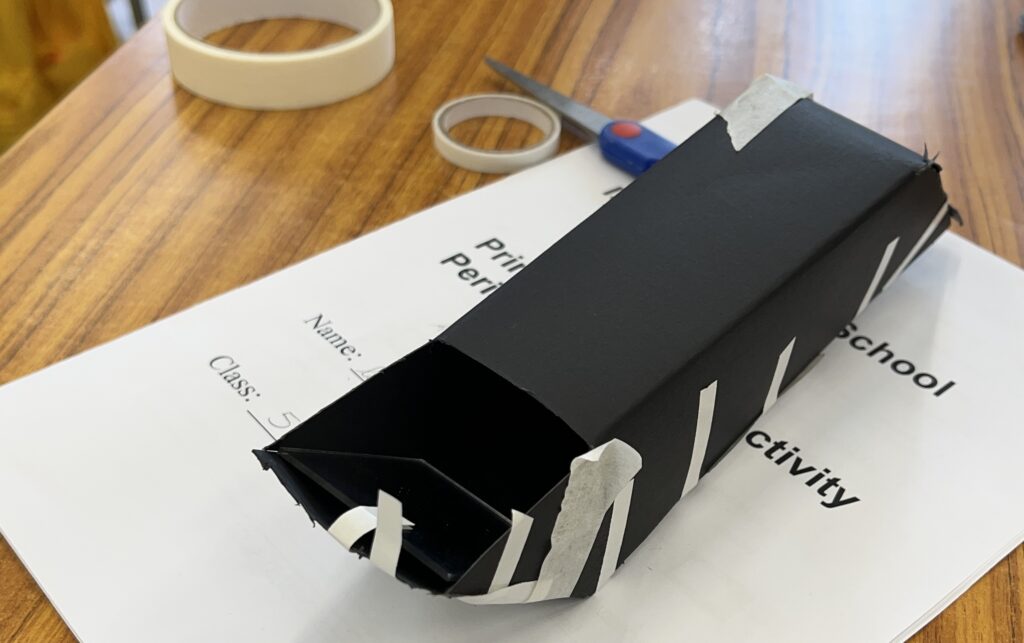
Mosquito Trap
Description: Simulate a mosquito liked environment to attract them as a trap and further investigate the better simulation conditions. High concentration sugar water will release a lot of CO2 which could attract mosquito to come. We count how many mosquito trapped in the bottle to compare the ability of catching mosquito of different setting.
School: S.K.H. Leung Kwai Yee Secondary School (S2)
